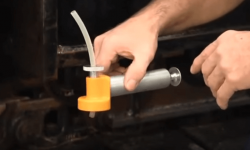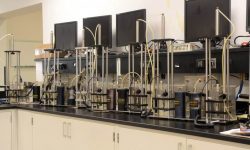How to Design a Successful Oil Analysis Program: Determine Test Packages
Oil analysis test packages should be carefully considered. Different equipment have different test profile requirements. When determining what test packages to choose, the actual equipment and the surrounding environment should dictate what tests are appropriate.
Keep in mind that with oil analysis your goal is to increase machine reliability through improved fluid condition and early detection that otherwise would not be obvious unless it causes machine failures. Having an idea about what the various tests are, what they can accomplish, and taking into account the maintenance philosophy being practiced, test packages can easily be drawn up to accomplish the desired results.
For example, you may know that some equipment can be run to failure much less expensively than the cost of performing a regular oil analysis. On the other hand, on machines with smaller reservoirs when oil quality is all that would be monitored, it may be best to continue with regular or even increased frequency of oil changes.
If you are not sure what tests are right for your equipment, it is best to consult a quality lab for assistance in this area.
When determining what test packages you need, ask yourself the following questions:
1. What is being monitored, the machine, the lubricant, or both? These three items require a different set of tests. Each type of machine should have a test package tailored to its needs. You should also begin a dialogue with an oil analysis lab to help you determine what test packages will help you reach your goals.
2. How often will samples be taken from each machine? Depending on the criticality and type of testing, frequency of sampling could range from once a week to annually.





